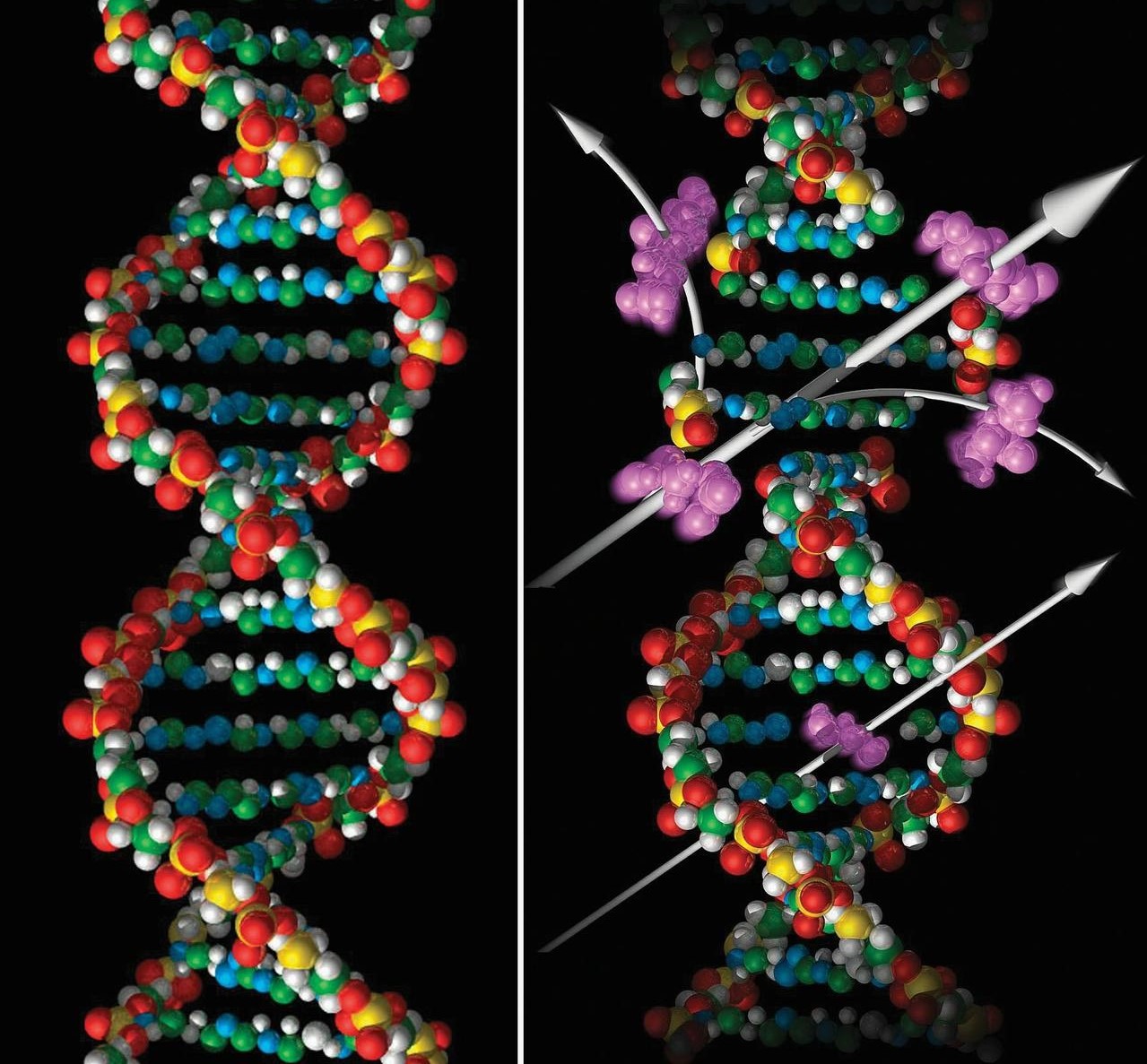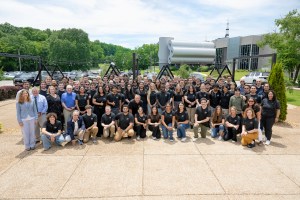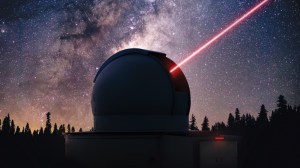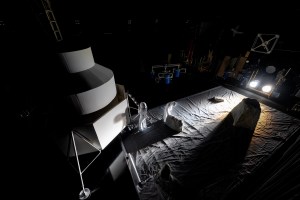
NASA’s Human Research Program and the NASA Space Biology Program will fund nine proposals to help answer questions about astronaut health and performance during future long-duration missions beyond low-Earth orbit. The selected proposals will investigate the effect the space environment has on various aspects of astronaut health, focusing on the issues of space radiation and cardiovascular alterations. All of the selected projects will contribute to NASA’s long-term plans, such as those planned for deep space exploration missions.
The Human Research Program works to address the practical problems of spaceflight that impact astronaut health, and its research may provide knowledge and technologies that could improve human health and performance during space exploration and aid the development of potential countermeasures for problems experienced during space travel. The organization’s goals are to help astronauts complete their challenging missions successfully and to preserve their long-term health. The NASA Space Biology Program aims to uncover new basic knowledge that other NASA researchers and engineers can use to solve problems confronting human exploration of space or that could lead to new biological tools or applications on Earth.
These investigations will take place in research laboratories and at the NASA Space Radiation Laboratory, which mimics the spaceflight radiation environment. Among the studies, David Goukassian, associate professor at Temple University School of Medicine in Philadelphia, will examine differences in how radiation-induced cardiovascular disease risk thresholds affect men and women.
Bradford Loucas, associate professor in Radiation Oncology at the University of Texas Medical Branch in Galveston, will use chromosomal aberrations to identify ways to better simulate galactic cosmic radiation effects on Earth.
Cynthia Lemere, associate professor of Neurology at Brigham and Women’s Hospital in Boston, will conduct experimental studies to determine the short- and long-term risks of space radiation on cognition, motor abilities, fatigue resistance, anxiety, and changes in the brain and cardiovascular system.
The selected proposals are from eight institutions in eight states and will receive a total of approximately $17.7 million during a three- to four-year period. The nine projects were selected from 47 proposals received in response to the research announcement entitled, “2016 HERO Appendix E: Space Radiobiology and Human Health Countermeasures Topics.” Science and technology experts from academia, government, and industry reviewed the proposals.
As mentioned above, the Human Research Program quantifies crew health and performance risks during spaceflight and develops strategies that mission planners and system developers can use to monitor and mitigate these risks. These studies often lead to advancements in understanding and treating illnesses in patients on Earth.
The complete list of the selected proposals, principal investigators and organizations is:
- John Baker, Medical College of Wisconsin in Milwaukee: “Defining the relationship between simulated weightlessness and space radiation on cardiovascular disease, and the effectiveness of a countermeasure”
- Catherine Davis, Johns Hopkins University in Baltimore: “Mechanisms of radiation-induced changes in sustained attention and social processing”
- Michael Delp, Florida State University in Tallahassee: “Radiation, simulated weightlessness and countermeasures: effects on cerebral and coronary vascular function and structure”
- William Dynan, Emory University in Atlanta: “Effect of galactic cosmic ray exposure on the functional status of the DNA repair machinery and its contribution to cancer risk”
- David Goukassian, Temple University in Philadelphia, “Space relevant radiation-induced cardiovascular disease risk thresholds: effect of gender on the outcome”
- Cynthia Lemere, Brigham and Women’s Hospital in Boston: “Sex- and Apo E-specific late central nervous system and cardiovascular effects of space radiation”
- Bradford Loucas, University of Texas Medical Branch at Galveston: “Protracted exposure to NASA’s galactic cosmic ray-simulator: cytogenetic validation and beam time optimization”
- Gregory Nelson, Loma Linda University in Loma Linda, California: “Responses of the nervous system to chronic, low dose charged particle irradiation”
- Ya Wang, Emory University in Atlanta: “Study space radiation-induced lung tumorigenesis”
______
NASA’s Human Research Program, or HRP, pursues the best methods and technologies to support safe, productive human space travel. Through science conducted in laboratories, ground-based analogs, and the International Space Station, HRP scrutinizes how spaceflight affects human bodies and behaviors. Such research drives HRP’s quest to innovate ways that keep astronauts healthy and mission-ready as space travel expands to the Moon, Mars, and beyond.






























